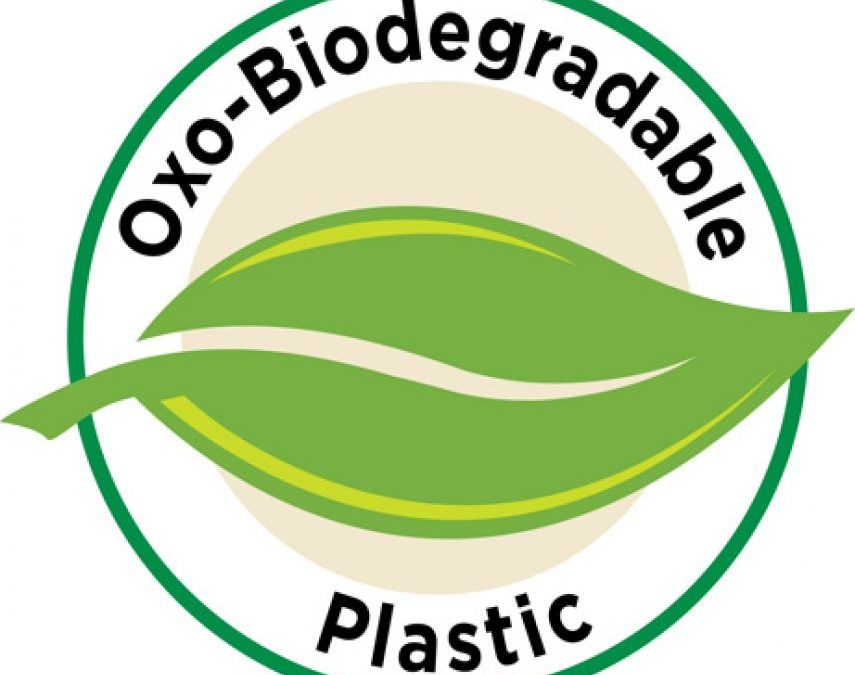By Anton Hanekom
AS the use of and publicity around degradable plastics increases, so does the confusion surrounding the environmental claims put forward.
As a result of insufficient or incorrect information, consumers often base their decisions on foreign, poorly researched or emotional articles.
Simply stated oxo-biodegradable plastics are conventional polyolefin plastics to which small amounts of metal salts have been added to catalyse the degradation process.
Oxo-biodegradable suppliers claim that the recycling of packaging film is not viable and that the switch to oxo-biodegradable packaging is the ultimate solution. Although it sounds like a solution, it creates more problems for the recycling industry and the environment.
It is therefore precarious to advertise oxo-biodegradability when the product has no testing data to validate claims that it degrades in a landfill or compost facility according to the widely accepted international standards for biodegradability (e.g. EN 13432).
Products made with additive technology and available on the market include film applications such as shopping bags, agricultural mulch films and, most recently, certain plastic bottles.
They claim to be “degradable”, “oxo-degradable”, “oxo-biodegradable”’ or “oxofragmentable”’ and sometimes even “compostable”, without providing any sort of proof for the claims made.
Experts from the plastics industry, waste management, and environmental fraternity voice serious concerns about these products.
Oxo-biodegradable products cannot claim compostability or biodegradability. If they break down into small pieces, the plastic debris accumulates in the environment and the potential for ingestion by animals increases. It is therefore crucial that any environmental claims are backed by sound science and research.
These products are made from conventional plastics and supplemented with specific additives in order to mimic biodegradation. In truth, however, these additives only facilitate a fragmentation of the materials, which do not fully degrade but break down into very small fragments that remain in the environment – a process that would be more accurately described by the term “oxo-fragmentation”.
A self-imposed standard for oxo-degradation merely sets out the parameters on how to test the degradation process, not the results or even criteria for passing the test of degradation. There is currently no internationally established and acknowledged standard or certification process that proves the success of oxodegradation.
If these additives fragmentable plastics are littered and end up in the landscape or even the ocean they start to disintegrate due to the effect of the additives that trigger the breakdown into fragments, which remain in the environment.
The use of oxo-biodegradable additives to solve environmental problems is a quick fix solution not a sustainable solution.
Local solutions to litter and consumer behaviour should be sought and all South Africans should embrace the strong and viable recycling industry by designing plastic products and packaging with recycling in mind.
This will continue to provide jobs and keep our natural resources in circulation.
- Anton Hanekom is Executive Director, Plastics SA

